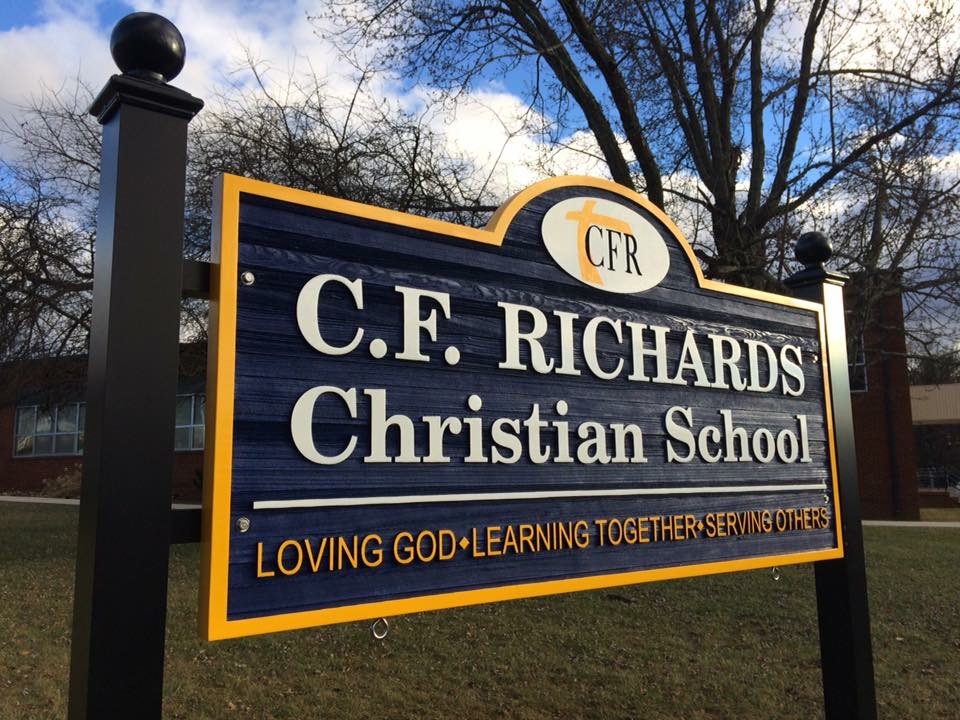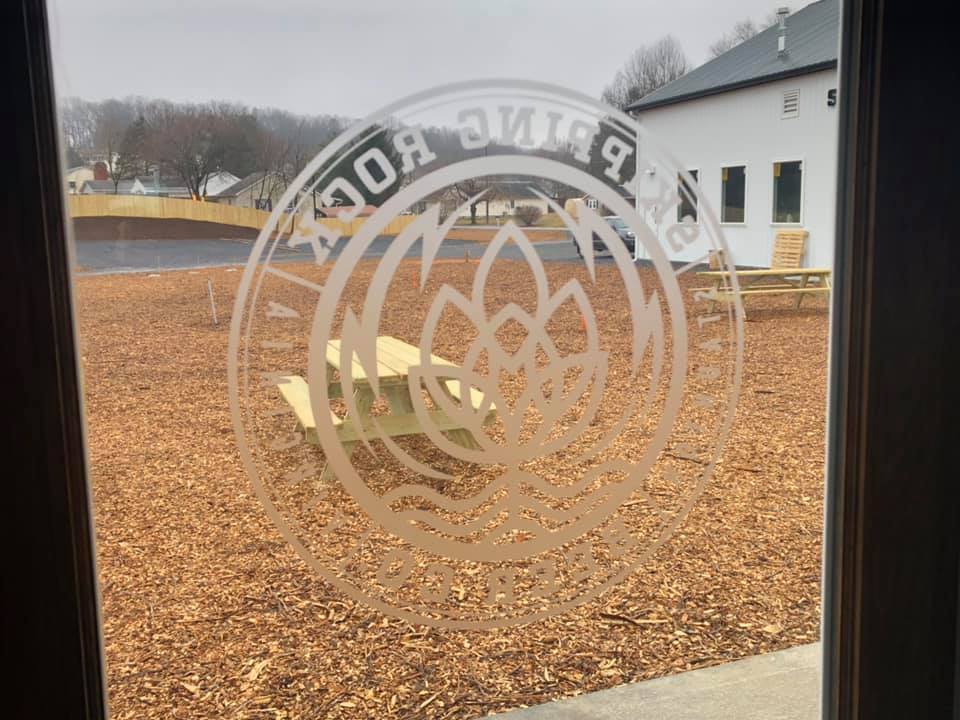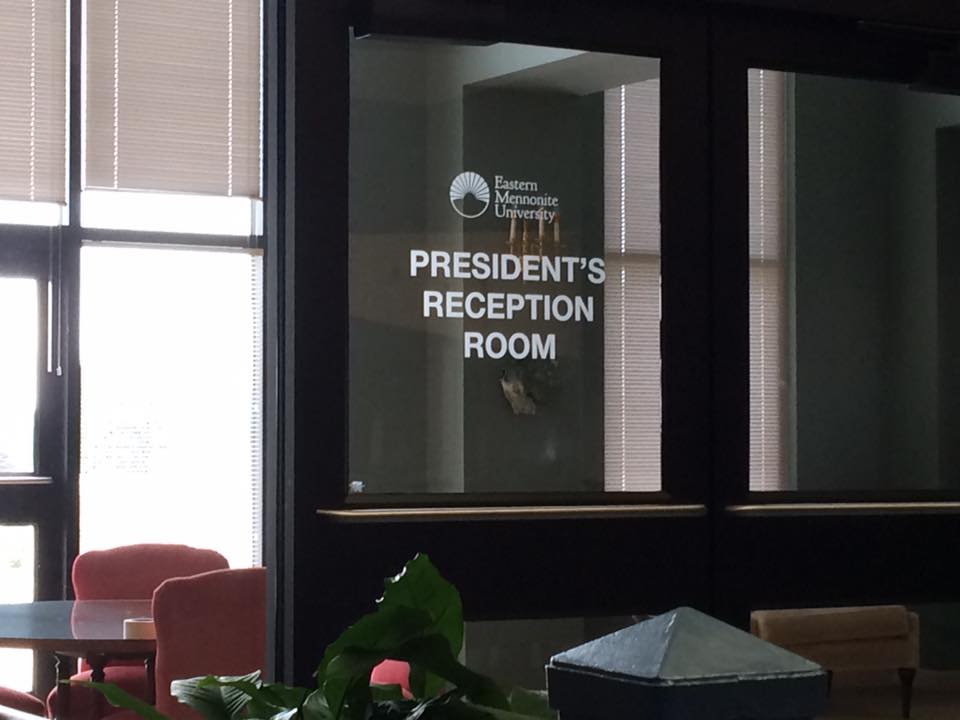20 years ago exactly to the month I sold Tree Street Signs, the small sign company I founded in 1990 in Waynesboro, moving to Crimora in 1991. It was April 1, 2000. The Y2K scare had come and gone but the World Trade Center attack was yet to come. I was over-stressed, over-extended and needed to call it quits. Fortunately for me I had a buyer, the Wilcoxen family from Illinois who wanted to operate a business in a better place for their kids. I had placed an ad in a trade journal and they answered it.

I could say things were all sunshine and roses for both me as the seller and Ted and Sandy as the new owners, but if I did, that would not be accurate. I bounced around in 8 different jobs over the next 15 years, but I always had a job except for a few months in 2001. Sandy discovered she had cancer days before closing the sale of my business and she passed away about 5 years later, and Ted passed away in 2009 marking the end of Tree Street Signs after 19 years in business.

I was super reluctant to get back into business because the original startup process sucked so much life out of me. I was afraid to get back into the pressure cooker again.
A chain of events in 2015 made my decision clear. My employer had to cut costs after several management changes occurred and I was let go. Immediately, I instinctively re-started my sign business where I left off. But this time, my plan was to be a one-man operation with an occasional helper to assist in more difficult lifting and installations versus a shop with 6 employees. So far my plan has worked, but it is now becoming extra challenging with all the work.

Even with the recent Covid-19 Crisis I have been blessed with work, although many of my customers had to cancel projects or put them on hold for financial reasons resulting from forced shutdowns. I am currently involved with two large projects: building a custom electric church sign in Bridgewater and designing and manufacturing signage for the new Blue Ridge Tunnel Historic Park (Crozet Tunnel) up on Afton Mountain. I also have many smaller jobs that I am able to work on here and there in between the big jobs.

It’s been an amazing re-start and I’m glad I was put into the position where it was easy to choose entreprenuership once again. Exactly 20 years ago I thought I’d never step back into the sign business as an owner, and here I’ve been back in the game again for almost 5 years!
I hope all my customers and fellow Virginians stay safe during this amazingly crazy and scary time. I’m still in business, still have plenty of work, and still have some capital left, but look forward to Post-Covid times! (And ready for maybe 5 or 10 more good years in business on my own in America.)

Mark Hackley owns and operates AUGUSTA SIGN COMPANY, VA
540-943-9818, mark@augustasigncompany.com












